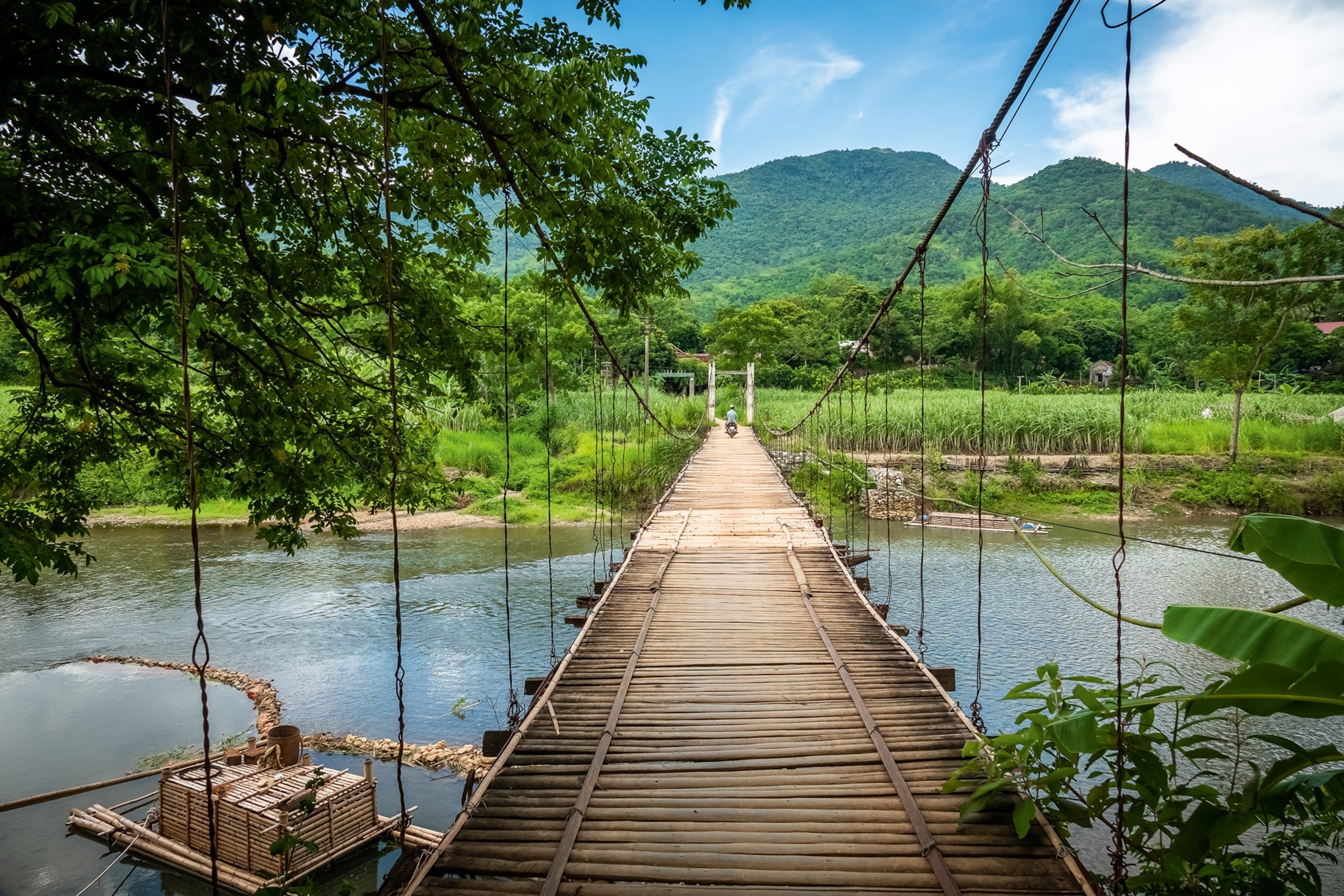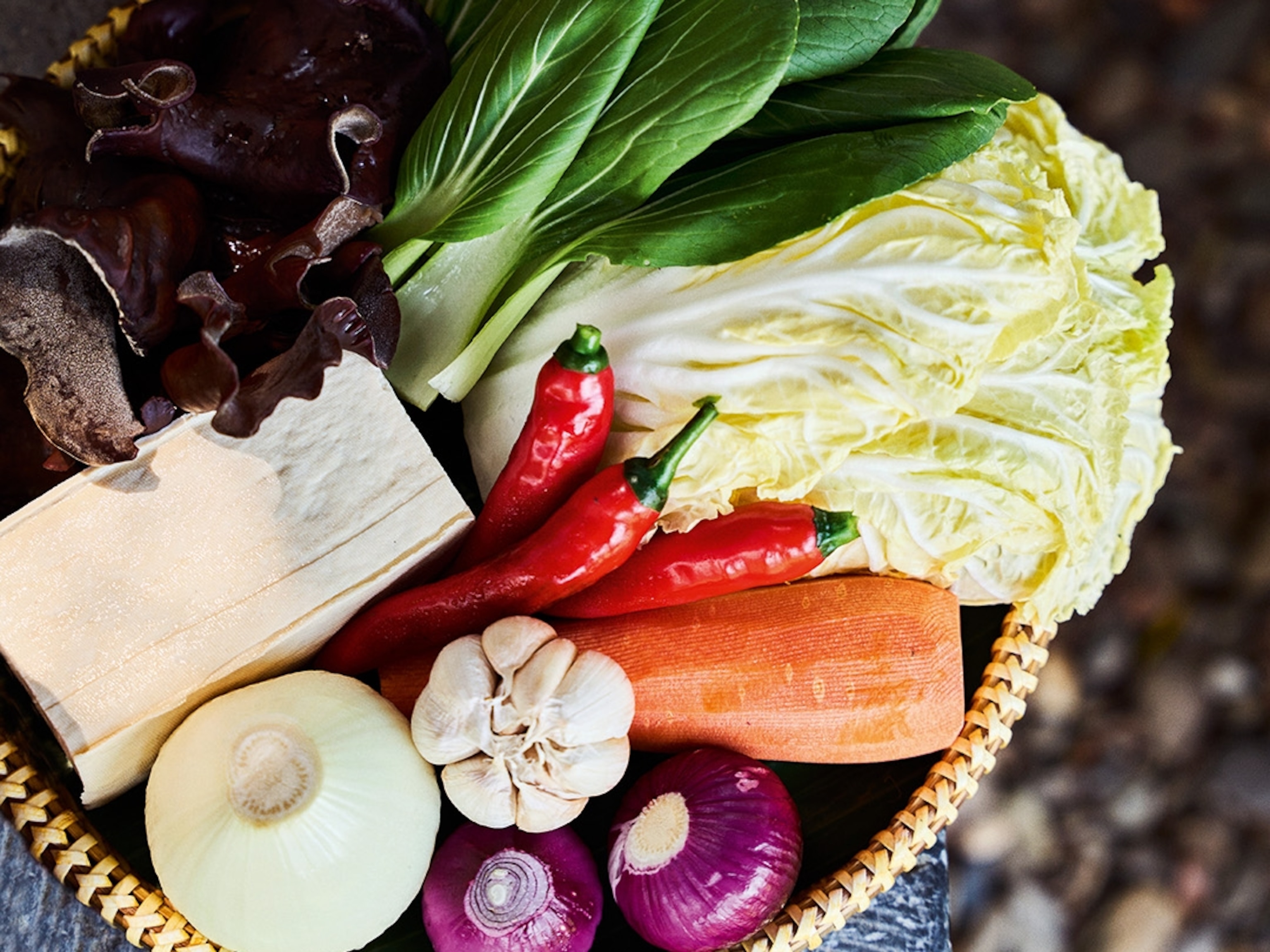
A practical guide to traveling in Vietnam
From street-food dining to travelling by motorbike — here’s what first-time visitors to Vietnam need to know when trip planning.
The frenetic pace of Vietnam’s cities combined with the cultural nuances of this Southeast Asian country can be a lot for travellers to take in. Yet it’s not a difficult place to navigate — as long as you do a bit of forward planning. Transport is visitor-friendly and plentiful, and locals are usually happy to help travellers get their bearings. Follow their lead, and you’ll soon catch your stride.
Is the language barrier significant?
Many Vietnamese people speak at least some English, particularly in big cities, but this becomes less so the further you get into the countryside. Due to past colonial influence, English and French are more widely spoken in the south than the north, but people who work in traveller-facing businesses are likely to speak a decent level of English. Wherever you go, locals will appreciate you making the effort to learn a few basic phrases in Vietnamese — translation apps help a lot, too.
Is the street food safe?
Joining the locals at road-side restaurants or stalls is one of the country’s great joys. The food hygiene and cleanliness of street stalls can be a worry, but most visitors don’t experience any major problems as long as they stick to some general principles. Choose stalls that are busy, which guarantees turnover of ingredients, and pick those busy with locals. Ice in drinks is usually made from bottled water (ask, if in doubt), but salads can be washed in tap water so are best avoided.
Is it safe to travel by motorbike & what are the most scenic routes?
Vietnam is magnificent motorbike touring country, but longer journeys are best left to experienced drivers. Hai Van Pass, between Da Nang and Hue, is one of the best. The four-day Ha Giang Loop in the far north of Vietnam is another highlight. It’s very easy to hire motorbikes across Vietnam, even without any paperwork, but legally you need an international driving permit. Travellers often get stopped by the police and fined (or bribed) for not having the correct documents.
In towns and cities, motorbike taxis are a common way to get around. You’ll likely be offered lifts on an ad hoc basis, but you may prefer to order a motorbike taxi through an app such as Grab, whose drivers have to provide passengers with a helmet.
Are there any cultural sensitivities I should be aware of?
Vietnamese people dress conservatively, with both men and women generally covering their shoulders and knees, often wearing long sleeves and trousers regardless of the heat. Outside of tourist resorts, men should avoid walking around topless and women should avoid revealing clothing. Shoes should always be removed before entering temples or homes and public outbursts or arguments should be avoided at all costs. Saving face is a powerful concept here, and losing your cool in public is deemed extremely embarrassing for everyone.
How to do it
Vietnam Airlines operates daily nonstop flights from Heathrow to Hanoi and Ho Chi Minh City.
Average flight time: 12h.
Within Vietnam, the national airline also offers daily routes connecting major cities such as Hanoi, Ho Chi Minh City, Da Nang and Hue.
Much of the country is well connected by train, with the Reunification Express connecting Hanoi and Ho Chi Minh City; Vietnam Railways also runs many smaller routes that branch off this main line. Tickets can be bought online. There’s also an extensive long-distance bus network. This is the cheapest way to get around. Tickets can be bought via Baolau.
When to go
Vietnam’s dry season generally runs from November to April, with the exception of Central Vietnam, where the dry season is January to August. In February, Hanoi sees highs of around 22C and frequent cloud, but at the same time of year, Ho Chi Minh City is largely sunny, with temperatures around 33C. The highlands are generally cooler and cloudier.
Where to stay
Hotel De Syloia, Hanoi. From 2,010,000 VND (£64), B&B.
More info
Rough Guide to Vietnam. £16.99
The Sympathizer by Viet Thanh Nguyen. £10.99
How to do it:
InsideAsia offers a 12-night ‘Vietnam Landscapes’ itinerary from £2,620 per person, travelling from Hanoi to Ho Chi Minh via Pu Luong and rural Vietnam, including accommodation, transport, guiding and some cultural experiences. Excludes flights.
This story was created with the support of InsideAsia and Vietnam Airlines.
To subscribe to National Geographic Traveller (UK) magazine click here. (Available in select countries only).





